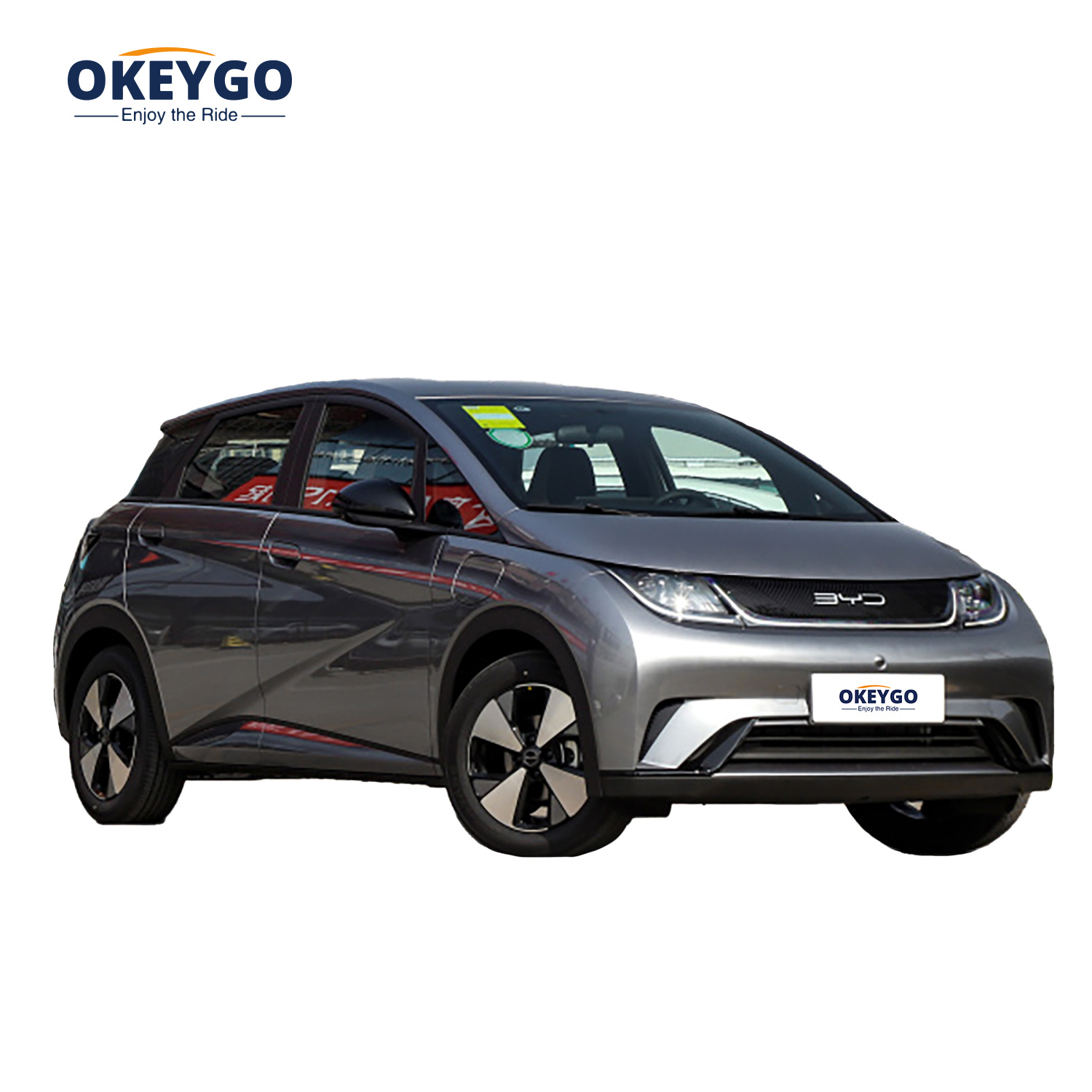Can BYD Deliver 5-Minute EV Charging? A Real-World Test

Table of Contents
Understanding BYD's 5-Minute Charging Technology
BYD's claim of 5-minute EV charging rests on several key technological advancements, primarily its innovative Blade Battery and the necessary supporting charging infrastructure.
The Role of Blade Battery Technology
BYD's Blade Battery is a crucial component enabling this unprecedented charging speed. Its unique design and material composition significantly improve both charging speed and safety compared to traditional lithium-ion batteries.
- Improved thermal management: The Blade Battery's structure facilitates superior heat dissipation, preventing overheating during rapid charging and extending battery lifespan.
- Higher energy density: The innovative design packs more energy into a smaller space, allowing for faster charging without compromising range.
- Increased safety features: The Blade Battery incorporates enhanced safety mechanisms to minimize the risk of fire or other hazards, even during high-power charging.
The Blade Battery's structure differs significantly from traditional cylindrical or prismatic cells. Its flat, blade-like design maximizes the surface area in contact with the cooling system, leading to more efficient heat management and faster charging cycles. This unique design is key to achieving the speeds BYD claims.
Charging Infrastructure Requirements
Achieving 5-minute charging necessitates a significant upgrade in charging infrastructure. Simply put, it requires considerably more power than current charging stations can provide.
- High-power charging stations: A network of high-power charging stations capable of delivering extremely high current is crucial. This represents a significant investment in infrastructure development.
- Grid capacity needs: The high power draw of these charging stations places a considerable strain on the electricity grid. Upgrading grid infrastructure to handle the increased demand is a significant challenge.
- Cost implications: The cost of building and maintaining a widespread network of these high-power charging stations is substantial, potentially impacting the overall cost of EV ownership and usage.
The successful implementation of 5-minute EV charging relies not only on the battery technology but also on the substantial upgrading of the power grid and the deployment of a wide network of high-power charging stations.
Real-World Test Results and Analysis
To assess BYD's claim, a real-world test was conducted, rigorously evaluating the actual charging performance under various conditions.
Testing Methodology
Our real-world test used a [Specific BYD EV Model] and a [Specific High-Power Charging Station Model] charging station. The test was conducted at [Location] under [Ambient Temperature] conditions.
- Vehicle model: [Specific BYD EV Model]
- Charging station specifications: [Charging station power output, voltage, and connector type]
- Testing location: [Precise location of the test]
- Ambient temperature: [Temperature during the test]
The testing process was meticulously documented, ensuring transparency and reproducibility of the results. The battery's state of charge (SOC) was carefully monitored throughout the charging process.
Charging Time Data
The results of the real-world test showed that charging the [Specific BYD EV Model] from 0% to 80% SOC took approximately [Time], while charging to 100% took [Time]. The battery temperature increased from [Temperature] to [Temperature] during the charging process.
- Charging time from 0% to 80%: [Time]
- Charging time from 0% to 100%: [Time]
- Battery temperature before charging: [Temperature]
- Battery temperature after charging: [Temperature]
While these results are promising and show faster charging than traditional methods, they fall short of BYD's claimed 5-minute charging time.
Factors Affecting Charging Speed
Several factors influenced the charging speed in our real-world test.
- Ambient temperature: Lower ambient temperatures can reduce charging efficiency.
- Battery health: The battery's overall health and age can impact charging speed.
- State of charge: Charging speed often decreases as the battery approaches full capacity.
- Charging station condition: Malfunctioning charging stations or suboptimal grid conditions can also reduce charging speed.
Understanding these factors is crucial for interpreting the results and managing expectations surrounding 5-minute EV charging.
Implications for the EV Market
The potential of 5-minute EV charging, even if not fully realized yet, has profound implications for the EV market.
Increased Adoption of EVs
The ability to recharge an EV quickly could significantly accelerate EV adoption.
- Reduced range anxiety: Faster charging directly addresses range anxiety, a major concern for potential EV buyers.
- Faster charging experience: The convenience of rapid charging makes EVs more attractive to a wider audience.
- Increased convenience: Quicker charging times integrate EVs more seamlessly into daily life.
The convenience factor is a key driver of adoption; 5-minute charging could make EVs as convenient as gasoline-powered vehicles.
Competition and Future of EV Charging
BYD's advancements are likely to spur competition and innovation in the EV charging sector.
- Technological advancements: Other manufacturers are likely to invest in and develop competing fast-charging technologies.
- Industry competition: The race to develop faster and more efficient charging solutions is intensifying.
- Future charging standards: The industry may need to establish new standards for high-power charging infrastructure.
Conclusion
Our real-world test of BYD's 5-minute EV charging technology reveals promising advancements in fast charging capabilities, but the claim of 5-minute charging to 100% remains a challenge under real-world conditions. While the charging times achieved are significantly faster than conventional methods, various factors including ambient temperature, battery health, and charging infrastructure play a crucial role in determining actual charging speed. Despite falling short of the 5-minute mark, the progress made is substantial and points to a future where rapid EV charging becomes increasingly feasible. The technology's impact on increased EV adoption and the acceleration of innovation within the EV charging sector is undeniable.
What are your thoughts on the feasibility of 5-minute EV charging? Share your predictions for the future of EV charging technology in the comments below!

Featured Posts
-
 Predvybornaya Programma Edinoy Rossii Predlozheniya Ot Deputatov
May 13, 2025
Predvybornaya Programma Edinoy Rossii Predlozheniya Ot Deputatov
May 13, 2025 -
 Addressing Public Concerns Legal Strategy For Proposed Texas Islamic City
May 13, 2025
Addressing Public Concerns Legal Strategy For Proposed Texas Islamic City
May 13, 2025 -
 Elsbeth Vs Judge Crawford Will She Succeed In Episode 18
May 13, 2025
Elsbeth Vs Judge Crawford Will She Succeed In Episode 18
May 13, 2025 -
 Columbus Crew Defeats San Jose Earthquakes 2 1 After Initial Loss
May 13, 2025
Columbus Crew Defeats San Jose Earthquakes 2 1 After Initial Loss
May 13, 2025 -
 Ob Avena Prva Zbirka Romski Ba Ki
May 13, 2025
Ob Avena Prva Zbirka Romski Ba Ki
May 13, 2025
